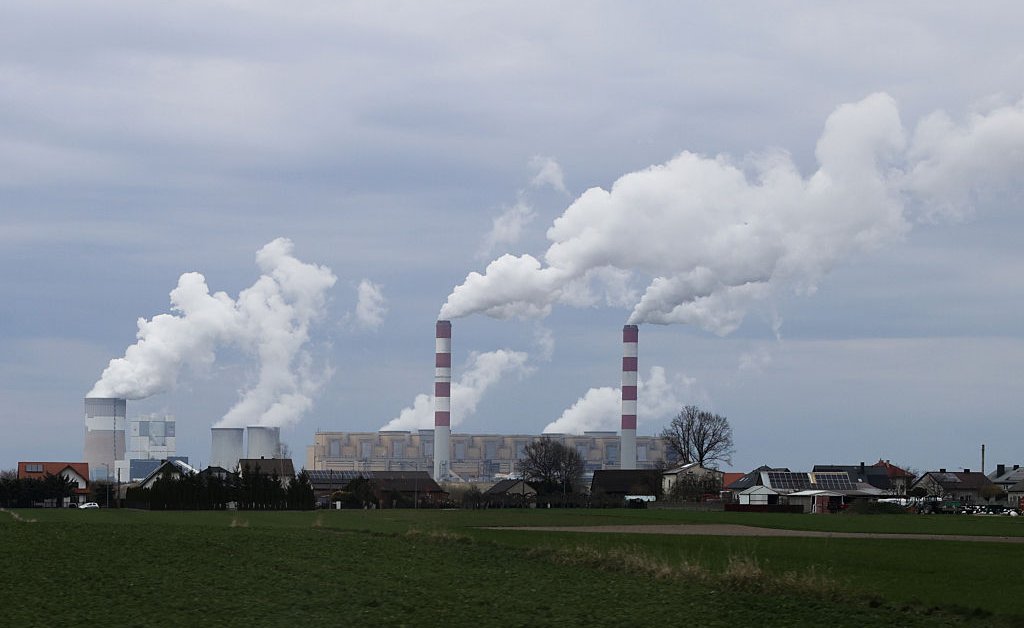Cleaner Air, Fewer Deaths: The Critical Role Of Emission Control In Public Health

Welcome to your ultimate source for breaking news, trending updates, and in-depth stories from around the world. Whether it's politics, technology, entertainment, sports, or lifestyle, we bring you real-time updates that keep you informed and ahead of the curve.
Our team works tirelessly to ensure you never miss a moment. From the latest developments in global events to the most talked-about topics on social media, our news platform is designed to deliver accurate and timely information, all in one place.
Stay in the know and join thousands of readers who trust us for reliable, up-to-date content. Explore our expertly curated articles and dive deeper into the stories that matter to you. Visit Best Website now and be part of the conversation. Don't miss out on the headlines that shape our world!
Table of Contents
Cleaner Air, Fewer Deaths: The Critical Role of Emission Control in Public Health
Air pollution is a silent killer, responsible for millions of premature deaths globally each year. But what many don't realize is the direct correlation between effective emission control and improved public health outcomes. This isn't just about environmentalism; it's about saving lives. The critical role of emission control in protecting public health demands immediate and sustained attention.
The Deadly Impact of Air Pollution:
The World Health Organization (WHO) estimates that air pollution contributes to over 7 million premature deaths annually. This staggering figure highlights the urgent need for stricter emission controls. These deaths are not solely attributable to dramatic events; rather, they result from the insidious long-term effects of breathing polluted air. Common pollutants like particulate matter (PM2.5), nitrogen dioxide (NO2), and ozone (O3) contribute to a range of health problems, including:
- Respiratory illnesses: Asthma, bronchitis, and chronic obstructive pulmonary disease (COPD) are significantly exacerbated by poor air quality. Children and the elderly are particularly vulnerable.
- Cardiovascular disease: Air pollution increases the risk of heart attacks, strokes, and other cardiovascular complications. The fine particles can penetrate deep into the lungs and enter the bloodstream, causing inflammation and damage.
- Cancer: Long-term exposure to certain air pollutants, such as benzene and diesel exhaust, has been linked to an increased risk of lung cancer and other cancers.
- Neurological problems: Studies suggest a link between air pollution and cognitive impairment, particularly in children.
Emission Control: A Public Health Imperative:
Effective emission control is not just an environmental concern; it's a fundamental public health strategy. Implementing and enforcing stringent emission standards for vehicles, industries, and power plants is crucial. Key strategies include:
- Transitioning to cleaner energy sources: Shifting away from fossil fuels towards renewable energy sources like solar and wind power dramatically reduces greenhouse gas emissions and air pollutants.
- Improving vehicle emission standards: Stricter regulations on vehicle emissions, coupled with promoting the adoption of electric vehicles, are vital in reducing air pollution in urban areas.
- Industrial emission controls: Implementing and enforcing robust emission controls in industrial settings is crucial, particularly for heavy industries with significant pollutant outputs.
- Investing in public transportation: Encouraging the use of public transportation reduces the number of vehicles on the road, thereby decreasing emissions and improving air quality.
- Promoting green spaces: Urban green spaces act as natural air filters, absorbing pollutants and improving air quality.
Success Stories and Future Directions:
Several cities around the world have demonstrated the positive impact of emission control on public health. London, for example, has seen significant improvements in air quality following the implementation of various emission control measures. [Link to a relevant case study or report on London's air quality improvement]. However, much more needs to be done globally.
The future of emission control hinges on international cooperation, technological innovation, and policy changes. We need to invest in cleaner technologies, strengthen regulations, and promote public awareness to truly reap the benefits of cleaner air and a healthier population. This requires a collective effort from governments, industries, and individuals alike.
Call to Action:
Learn more about air pollution in your area and advocate for stricter emission control measures. Support policies that promote sustainable transportation, renewable energy, and industrial emission reductions. Every breath we take matters. Let's work together to create a healthier future for all.

Thank you for visiting our website, your trusted source for the latest updates and in-depth coverage on Cleaner Air, Fewer Deaths: The Critical Role Of Emission Control In Public Health. We're committed to keeping you informed with timely and accurate information to meet your curiosity and needs.
If you have any questions, suggestions, or feedback, we'd love to hear from you. Your insights are valuable to us and help us improve to serve you better. Feel free to reach out through our contact page.
Don't forget to bookmark our website and check back regularly for the latest headlines and trending topics. See you next time, and thank you for being part of our growing community!
Featured Posts
-
 Indias Missile In Pakistan Investigation Underway Officials Say
May 09, 2025
Indias Missile In Pakistan Investigation Underway Officials Say
May 09, 2025 -
 Post January High Bitcoin Price Explodes To 102 000 Following Coinbase And Tariff News
May 09, 2025
Post January High Bitcoin Price Explodes To 102 000 Following Coinbase And Tariff News
May 09, 2025 -
 Conquering Nyt Crossword Puzzle 431 May 8 Hints And Solutions
May 09, 2025
Conquering Nyt Crossword Puzzle 431 May 8 Hints And Solutions
May 09, 2025 -
 Jordon Hudson Faces Unc Football Facility Ban Following Allegations
May 09, 2025
Jordon Hudson Faces Unc Football Facility Ban Following Allegations
May 09, 2025 -
 Filming Begins On Call The Midwife Series 15 Prequel Spin Offs Confirmed
May 09, 2025
Filming Begins On Call The Midwife Series 15 Prequel Spin Offs Confirmed
May 09, 2025
